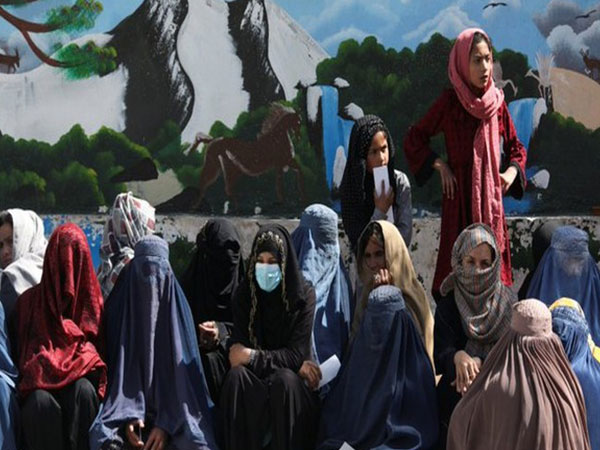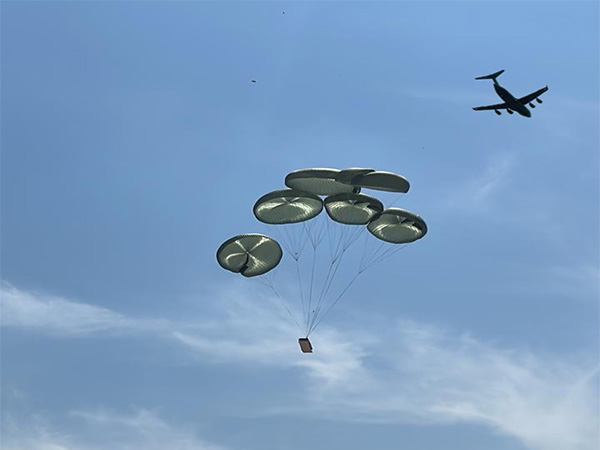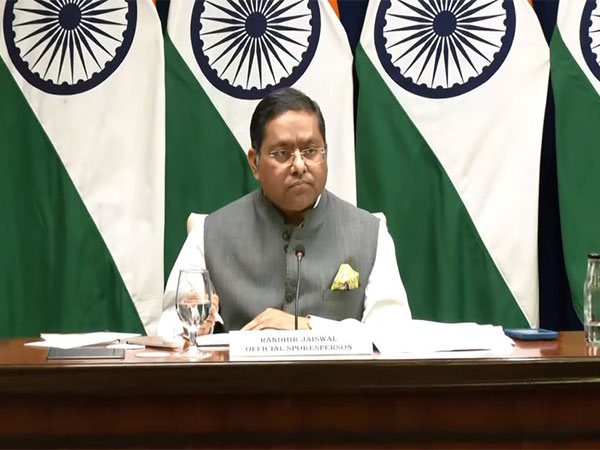
Atmanirbhar Bharat 2022: A Report Card on Defence Modernisation

A lot has been spoken and written on Atmanirbhar Bharat in recent times. There was a lot of fanfare associated with the Make-in-India campaign wherein a number of defence reforms were announced in 2020 with an aim to improve the state of manufacturing in the country as well as impact the ease of doing business. The impetus was given to the establishment of defence corridors and encouragement to start ups through iDEX and technology funds to make a difference. The corporatisation of the Ordnance Factory Board (OFB) was a huge step as it was not easy to shake up a white elephant from slumber. It has been now one year since all these processes were kick started. Let us carry out a review to analyse the ground situation and flag grey areas which would need attention of the government as well as all major players involved in the entire business of defence procurement and modernisation.
Major Initiatives launched Since Year 2020
A number of important initiatives have been launched by the government in the past one year to enhance our defence manufacturing capability as well as improve the targets for defence exports. The government had set an ambitious target to reach 35,000 crores in defence exports especially in the aviation and missiles sectors by 2025. India has exported defence equipment worth ₹8,434.84 crore in 2020-21 compared to ₹1,940.64 crore in 2014-15, the Ministry of Defence (MoD) said in answer to a question in Parliament. Towards this end important deals were struck to export the Brahmos missile to Philippines as well as firm up markets in UAE, Africa, Singapore, Vietnam, to name a few.
In September 2021, the Ministry of Defence announced a Rs 22,000 crore (US$ 3.0 billion) deal with Tata-Airbus to procure 56 C-295 transport aircraft for the Indian Air Force (IAF). This deal is part of a series of initiatives to advertise the non-public sector in defence manufacturing. In November 2021, Raksha Mantri, Mr Rajnath Singh, inaugurated the first private operationalised defence manufacturing facility in the Uttar Pradesh Defence Industrial Corridor (UPDIC), in Lucknow. The facility operated by Aerolloy Technologies — a wholly owned subsidiary of PTC industries — will manufacture parts for aircraft and helicopter engines, structural parts for aircrafts, drones and UAVs, submarines, ultra-light artillery guns, space launch vehicles and strategy systems.
The Indian government is focussing on innovative solutions to empower the country’s defence and security via ‘Innovations for Defence Excellence (iDEX)’, which has provided a platform for start-ups to connect to the defence establishments and develop new technologies/products in the next five years (2021-2026). Working through partner incubators, iDEX has been able to attract the start-up community to participate in the Defence India Start-up Challenge (DISC) programme.
The Defence Ministry has set a target of 70% self-reliance in weaponry by 2027, creating huge prospects for industry players. The ministry has introduced a Green Channel Status Policy (GCS) to promote and encourage private sector investments in defence production.
Impetus to Equipping Armed Forces with Modern Weapon Platforms
In the past one year a concerted has been made by the Defence Research and Development Organisation (DRDO) as well as PSUs to expedite production and complete pending projects and make up existing voids in three armed services. Induction of LCA (Tejas), Arudhra and Aslesha Radars, Astra Air to Air missile, Akash Surface to Air missile system, Advance Light Helicopter and Light Combat Helicopter systems were added in IAF’s inventory, proving IAF’s commitment to the vision of ‘Atmanirbhar Bharat’.
The MBT ‘Arjun’ Mk-1A was handed over to the Indian Army by Prime Minister on 14 Feb 2021 and Ministry of Defence (MoD) placed an order with Heavy Vehicles Factory (HVF), Avadi, Chennai for supply of 118 Main Battle Tanks (MBTs) Arjun Mk-1A for Indian Army on September 23, 2021. Advanced Electronic Warfare System ‘Shakti’, designed and developed by Defence Electronics Research Laboratory (DERL) Hyderabad, a laboratory of Defence Research and Development Organisation (DRDO), was handed over to Indian Navy on 19 Nov 2021 by Prime Minister Shri Narendra Modi. INS Visakhapatnam, first ship of Project 15B, was delivered by Mazagon Dock Limited to Indian Navy on October 28, 2021 at Mumbai and commissioned into IN on November 21, 2021 by the Raksha Mantri.
Areas Which Need Greater Attention
We need to appreciate that today the nation has a great number of security concerns which extend beyond the conventional battle field frontiers. To that extent new threats which have emerged relate more to the cyber domain, space, surveillance and internal security. To meet the challenges, a ‘whole of nation’ approach is required. We may be required to study, how countries like Israel, Great Britain and United States have used the technical intelligence parameters to generate a comprehensive cross-domain understanding and have employed suitable smart weapons to counter these.
To this extent securing our borders assumes great emphasis. Therefore, what the recent budget has proposed in creating “Vibrant Villages” along the Northern borders is a step in the right direction. The budget also alludes to formulating supportive policies and regulations for “sunrise sectors” of Artificial Intelligence (AI), geospatial systems, space, genomics, and clean mobility systems. These dual-use technologies can be developed concurrently for civil and military use, and for the creation of capabilities in asymmetric domains, in collaboration with the armed forces. Likewise, the defence needs of the development of strategic railways can well be synchronised with the Railway budget. Development of the IT sector, in particular rolling out of 5G and initiatives for the development of the North East, also need to be oriented to serve the needs of defence and security.
In the field of cyber warfare also much needs to be done. The Indian Army and India are yet to fully acknowledge the convergence between cyber warfare and electronic warfare; it is slowly getting in synchronisation with its thinking between the relationship of cyber and electronic warfare. A lot more would be required to be done in this direction.
As far as new weapon acquisitions are concerned a great deal of focus now has to be on joint ventures and strategic partnerships. Getting low end technology may be all right in the short term but we need to think how high-end technologies can be acquired in the long term. Towards the end the three countries which are important to us would be the United States, Russia and Israel. A continued focus would be required by our defence; commerce and external affairs ministry to establish and strengthen existing treaties, agreements and partnerships.
We need to focus on emerging weapon systems such as drones and base our war strategies on their employment. The conventional mind set has to be set aside. There has been much talk in acquiring light tanks for the Northern Front. Instead, can we fill this void through drones and employment of our Vajra-9 self-propelled howitzer which weighs 50 tonnes and can strike enemy targets 50 kilometres away. These howitzers can also turn around at zero radiuses, basically at the same place where they are standing. Their recent induction has given a huge fillip to the firepower capability of Indian Army.
The area of focus has to relate to our reconnaissance and surveillance capabilities. The operational environment calls for preparing to fight through the entire spectrum of warfare, from contact to high technology, over land, sea, air, space and cyber domains, through what could be termed as “Fighting informationised (high technology) war, with boots on ground”. This has to be India specific, with no template solutions. It calls for costs in inducting high technology as well as retaining substantial manpower to deploy adequate boots on ground in a terrain that can challenge any technology available globally. This is an extraordinary challenge imposed on India by a troubled neighbourhood and exacerbated by unresolved boundary disputes. India has no option but to meet the challenge. The recent statement of General Naravane, COAS, also emphasised on this aspect.
To achieve the up gradation of technology based systems, we may task the start ups on specific requirement of ours. Although we have 250 start ups who have been registered under the iDEX scheme but the emphasis has to be on quality rather than quantity. It would be prudent to assume that when the technical prowess of several start-ups adds to India’s military might, it will be a win-win not just for citizens and defence personnel, but also for entrepreneurs and government officials committed to building self-reliance.
To be fair to the Government an earnest effort has indeed been made to address issues related to defence procurement. The need of the hour is to bring in greater transparency, accountability and a realistic synergy between the private and public defence enterprises and make the ease of doing defence business simpler. We need to reduce the monopoly of defence PSUs, bring in greater competition, and ensure deadlines of projects are met. It cannot happen the way we have gone about with our LCA Tejas and Dhanush medium gun projects. The destination is far ahead and the journey extremely difficult.
The Government report card today stands at 7 out of 10.
****************
Disclaimer
The opinions expressed in this article are the author’s own and do not reflect the views of Chanakya Forum. All information provided in this article including timeliness, completeness, accuracy, suitability or validity of information referenced therein, is the sole responsibility of the author. www.chanakyaforum.com does not assume any responsibility for the same.
Chanakya Forum is now on . Click here to join our channel (@ChanakyaForum) and stay updated with the latest headlines and articles.
Important
We work round the clock to bring you the finest articles and updates from around the world. There is a team that works tirelessly to ensure that you have a seamless reading experience. But all this costs money. Please support us so that we keep doing what we do best. Happy Reading
Support Us





















POST COMMENTS (3)
One More Big Step For India To Become 'self-reliant' In The Defense Sector TOU - The Times Of Update
Kalidan Singh
Krishan Chauhan